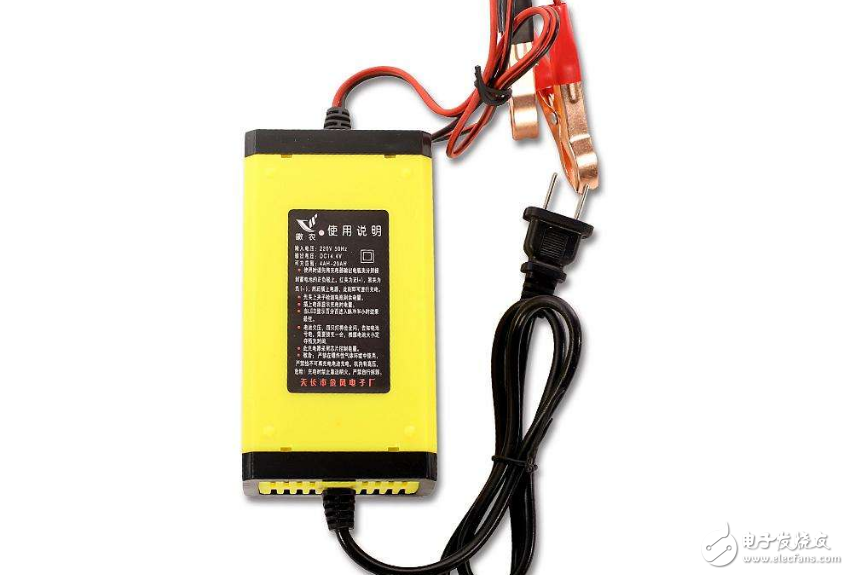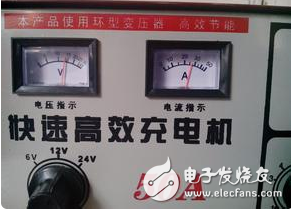The British Journal of Micromechanics and Microengineering, published on October 21, 2003, published two scientists at the University of Alberta in Canada, Larry KosTIuk and Daniel K. Walker. (Daniel Kwok) Research results on the direct conversion of water into electricity. This is the first time in more than 160 years since humans discovered nuclear and solar energy in 1839, a new way to generate electricity.
When talking about the invention, Kostik said that when water flows on the surface of the object, ions in the water will rub against the solid, which will cause the solid surface to be slightly charged. When the water is filled with positive and negative substances, substances that are different from the solid surface will repel the solid, and the same polarity will attract each other, which will produce a very thin layer of net charge, also called the electric double layer. Or the galvanic layer, Kostik said, if the two charges are separated, then it works the same way as the batteries we use every day.
Such a water-filled battery can be applied to an electric appliance such as a mobile phone that requires a rechargeable battery, but in the future, the range of use of the battery will be expanded. It is expected that by the end of the first decade of this century, the battery will be commercially available. The new technology uses a hand-held syringe, water and a piece of glass that is 1 cm in diameter and 3 mm long to allow water to flow in the microchannels to generate electricity. This technology is a breakthrough in nanoscience and belongs to the molecular level manufacturing process.

Water batteries are a type of lead-acid battery. Because the liquid content in the battery is high, it is often called "water battery". The liquid in the water battery is relatively easy to lose, and it is necessary to replenish water frequently, so it is also called a maintainable battery.
This type of battery is mostly used in motor vehicles and motorcycles.
First, maintenance points
Always check the liquid level of the electrolyte in the battery. Adding the electrolyte in time is the most important routine maintenance procedure. During the charging and discharging process of the battery, the water in the electrolyte is gradually reduced due to electrolysis and evaporation, resulting in a decrease in the electrolyte surface. If it is not replenished in time, it is possible to shorten the service life of the battery. The distilled water should be replenished in time, and it should not be replaced with pure drinking water. Because pure water contains a variety of trace elements, it will have an adverse effect on the battery.
There will be corresponding instructions on the battery cover to teach you how to check the liquid level through the observation window.
When adding the electrolyte, first unscrew the liquid injection bolt on the battery cover, then shake the electrolyte and add it to the battery. Note that the electrolyte is acidic and will damage the clothes and skin.
In use, you should also be careful not to overuse the battery.
When the battery indicator shows that the battery is less than 1/3, please charge it in time.
Always check the battery cover frequently, or whether the vent hole on the filling screw is unobstructed. If there is a blockage, the gas generated during the operation of the battery will not be discharged, and the electrolyte will expand and break the outer casing of the battery.
The battery will discharge itself.
If you don't use it for a long time, the battery power can be easily consumed. Therefore, the battery should be charged once a month.
Second, the hydration method
1. First remove the battery, remove the cable, wipe it with a rag, and then unscrew the battery vent cover.
2. Use a syringe to replenish the battery. After the water is replenished, the liquid level must not exceed the upper marking line and cannot be lower than the lower marking line.
3. After adding water, screw the battery outlet cover.
4, install the battery, you can use the car, if you want to use the car the next day, you can also charge immediately; if you do not use the car, then wait a night to recharge, this can make the battery inside the various positions The electrolyte concentration is the same.
Water battery charger usageThe correct use of water battery charger: water battery charger is usually divided into automatic and manual gear charger, use: manual gear charger wiring first connect the charger (red) positive (+) to the battery positive (+) Negative (black line) (-) Connect the battery negative (-), the fully automatic charger can be connected to open the charging switch; after the manual transmission charger is connected, the charging voltage should be adjusted to 12V or 24V, and then The charging current is adjusted to 3~5 gears, and the charging current is 4~6 amps (24V battery current 5~10 amps). (Figure) The automatic green light is on and full; the manual gear is less than 0.5A when the ammeter is displayed. full. (pictured)
Points to be aware of: 1) Do not connect the charger to the positive and negative wires of the battery; 2) Connect the battery after the battery is connected, and then turn on the charging switch; 3) Check the battery before charging, add liquid Do not exceed the standard scale line (as shown); 4) Do not close the fill port to prevent the gas generated by the charge from overflowing the battery.

Manual water battery charger
Area Array Sensor,Passive Infrared Detector,Infrared Heat Detector,Infrared Area Sensor
Ningbo NaXin Perception Intelligent Technology CO., Ltd. , https://www.nicswir.com